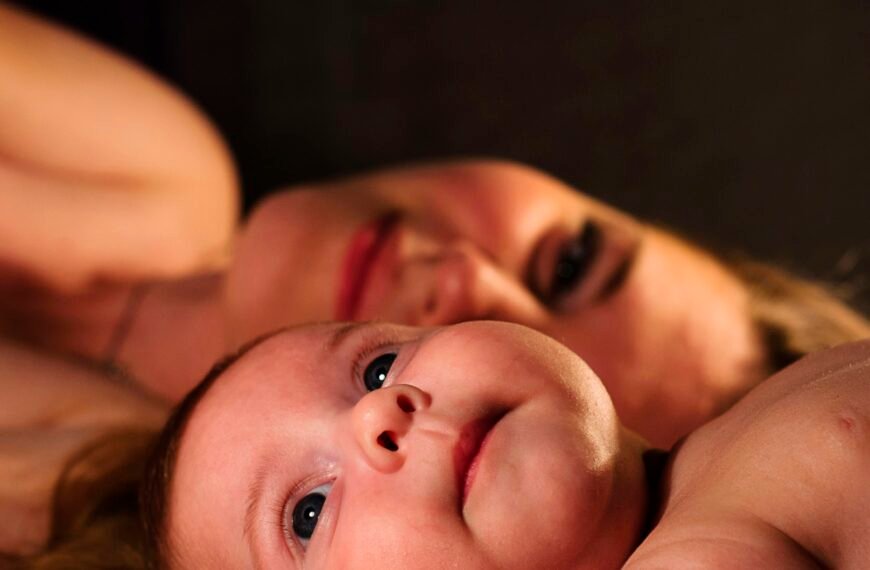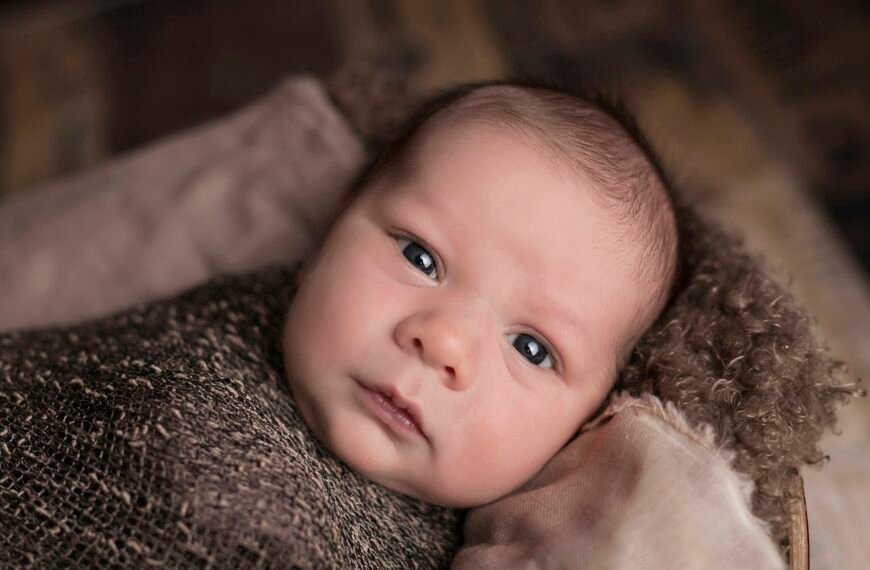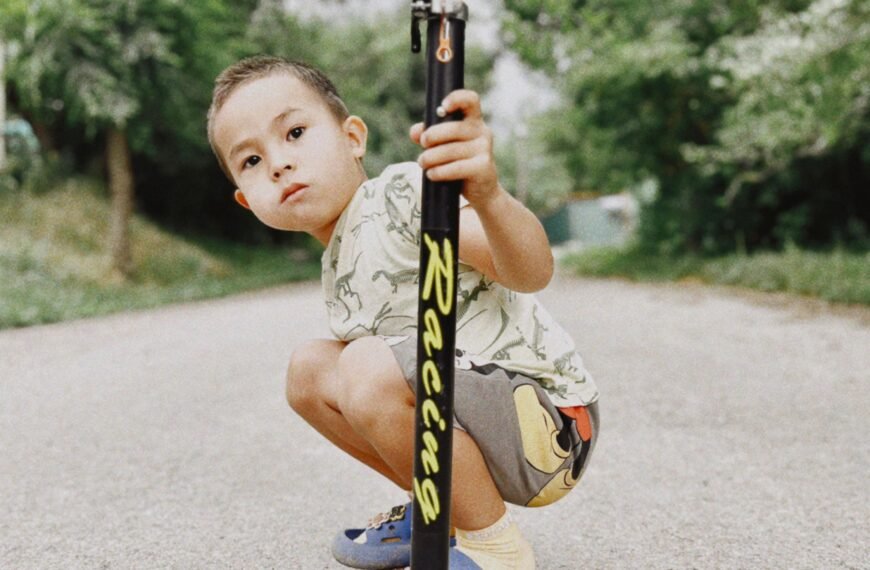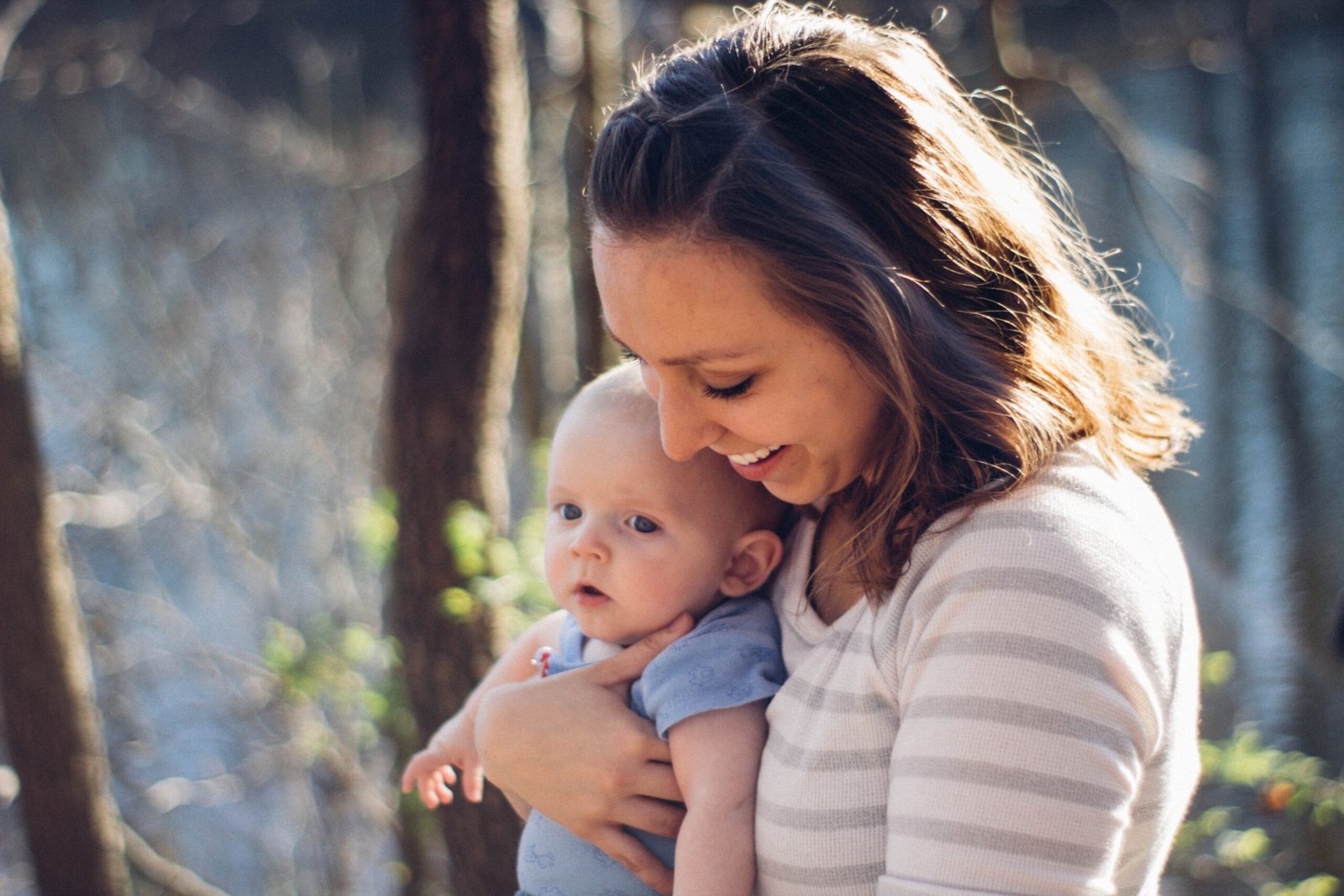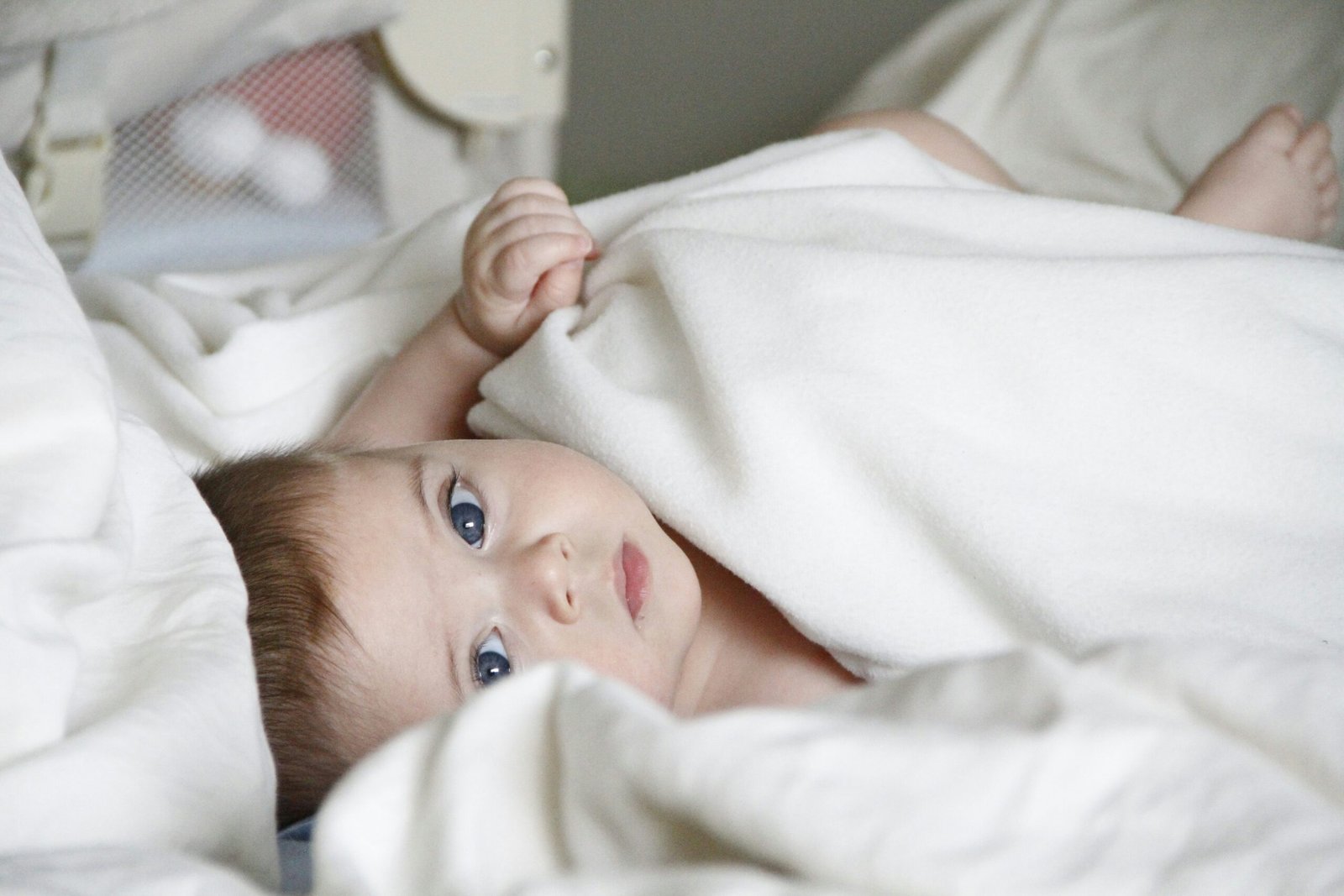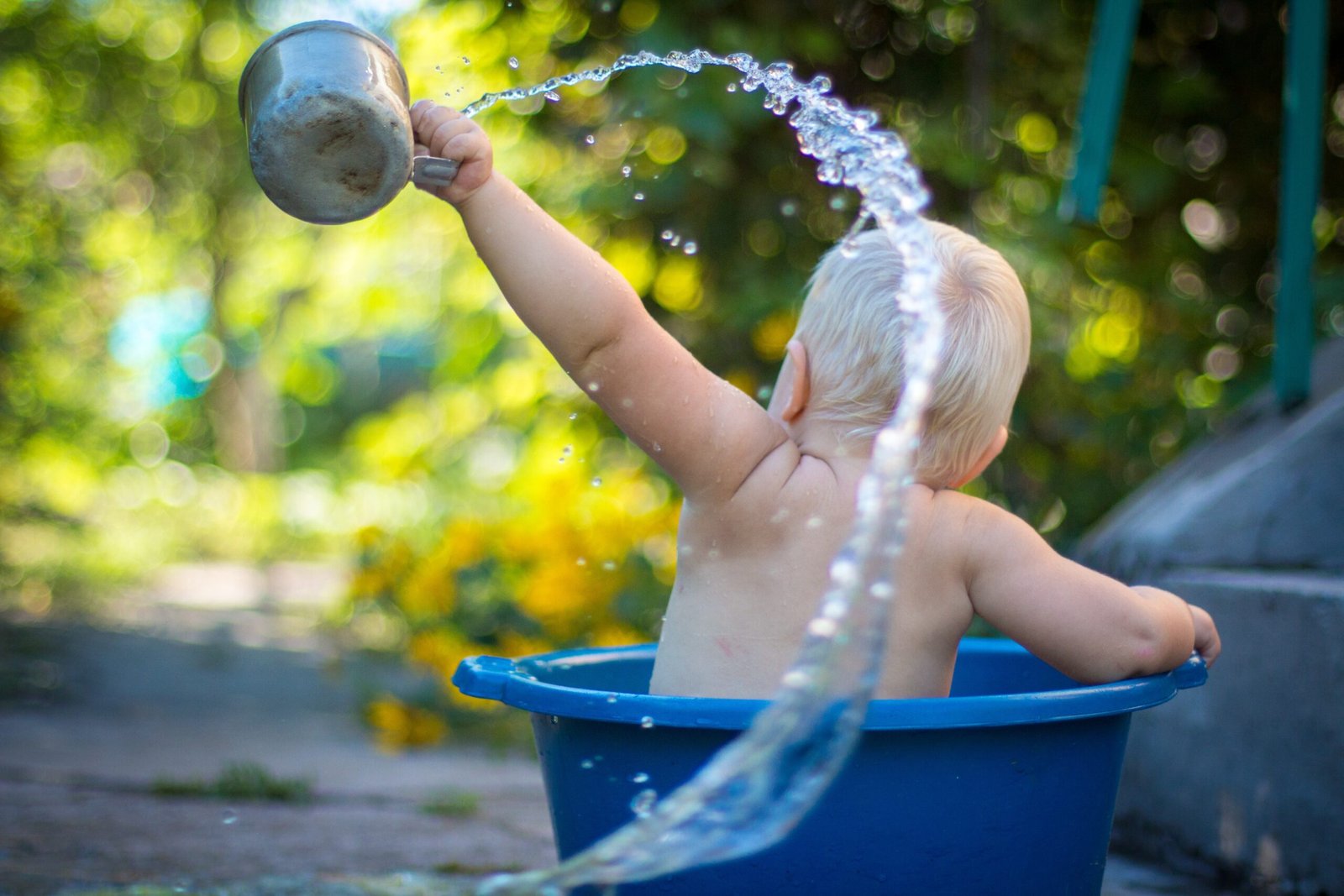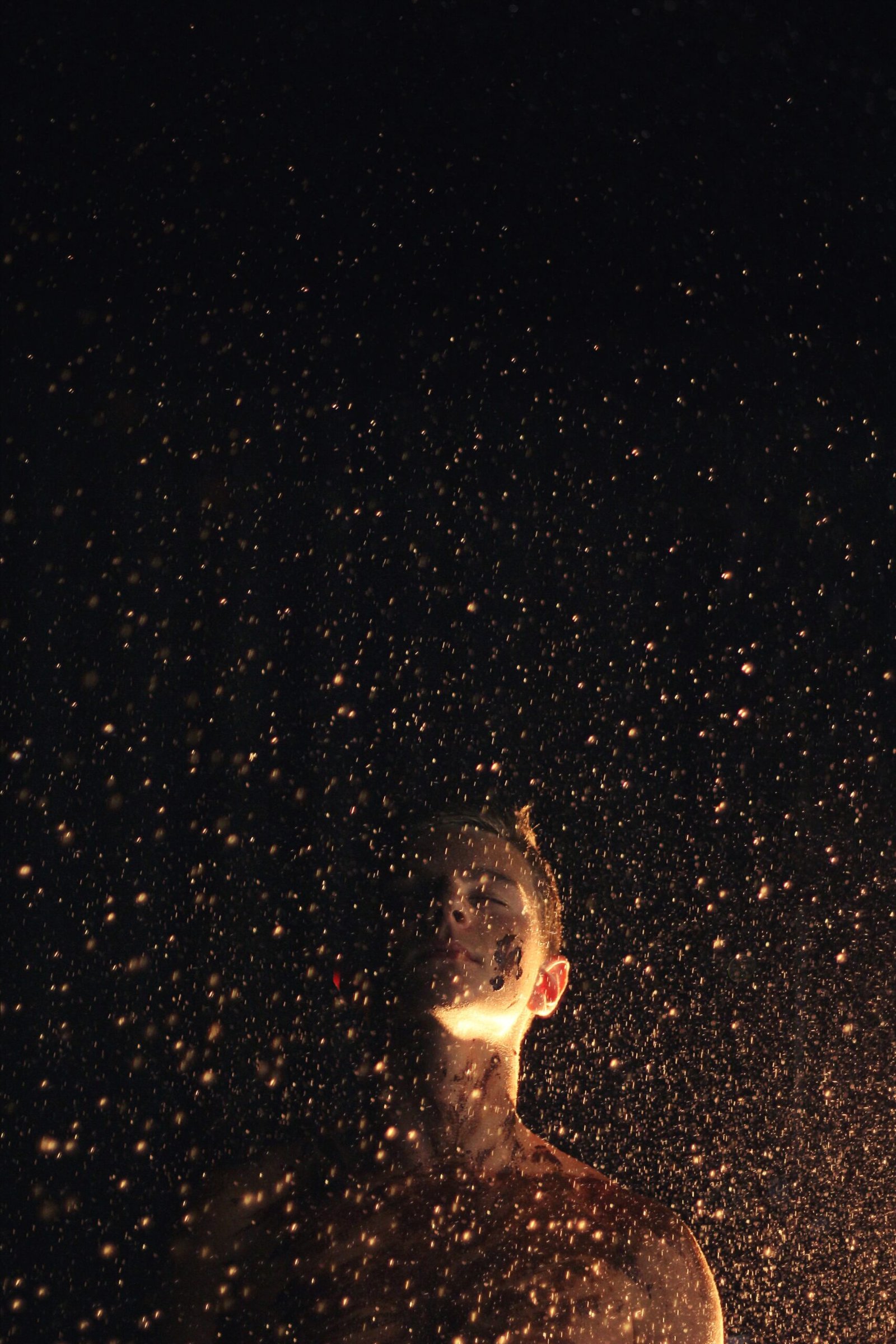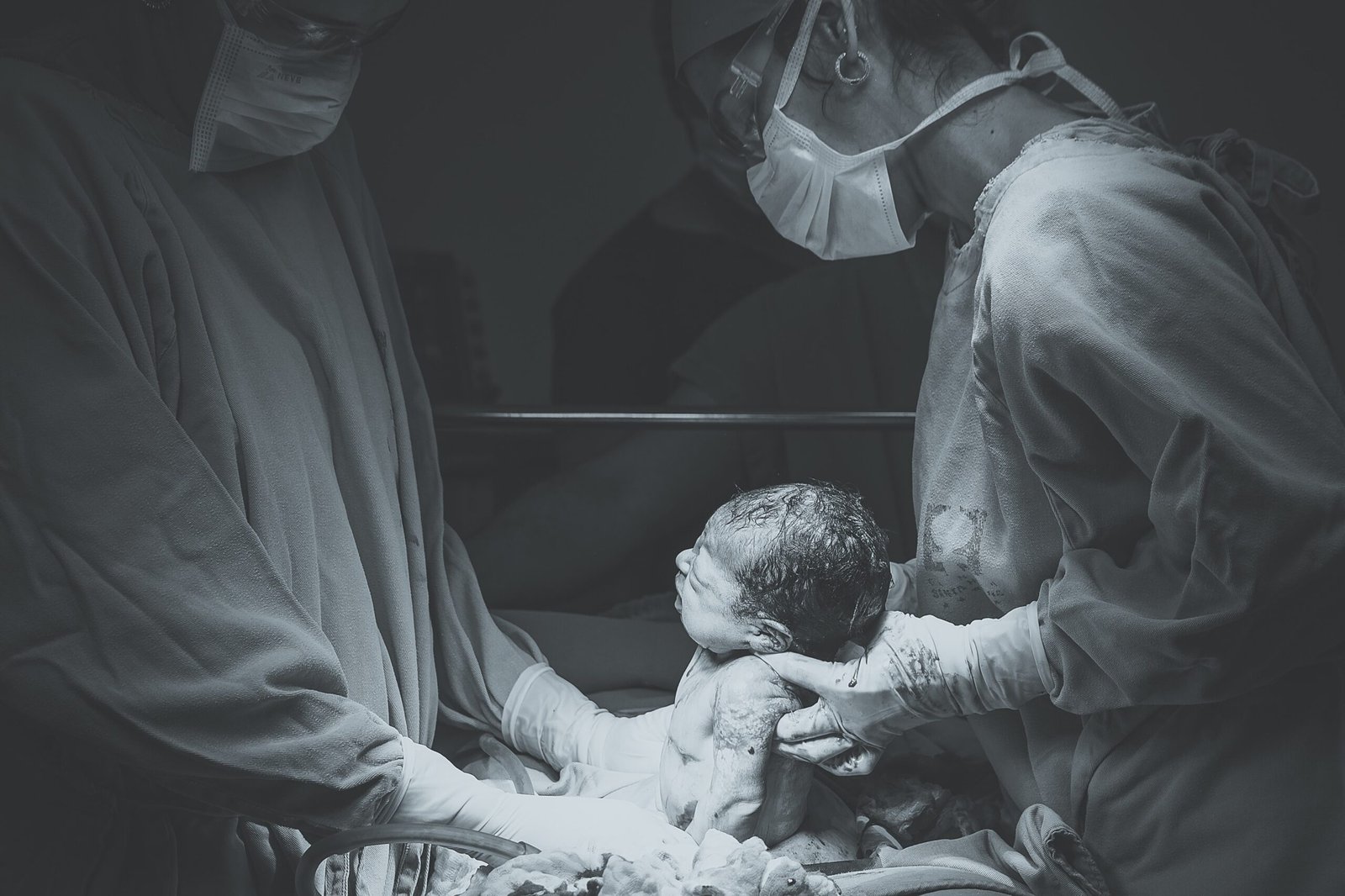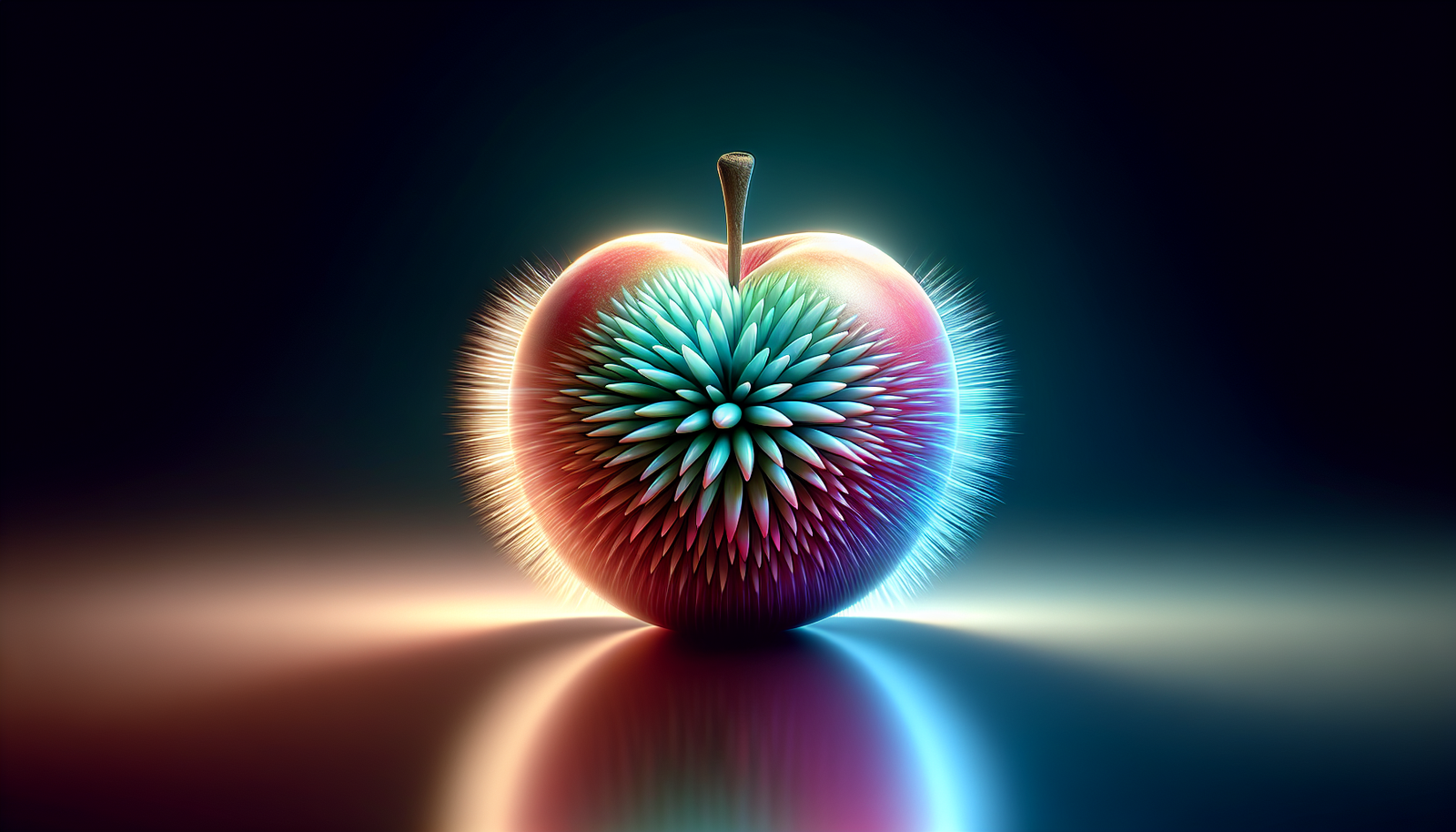Congratulations on becoming a new parent! Now that you have a bundle of joy in your arms, it’s time to ensure their safety by taking care of their toys. In this article, we will guide you through the essential steps on how to clean baby toys before their first use. From wiping away germs to sanitizing plushies, we’ve got you covered. So sit back, relax, and let us show you how to keep your little one’s toys squeaky clean and ready for playtime!
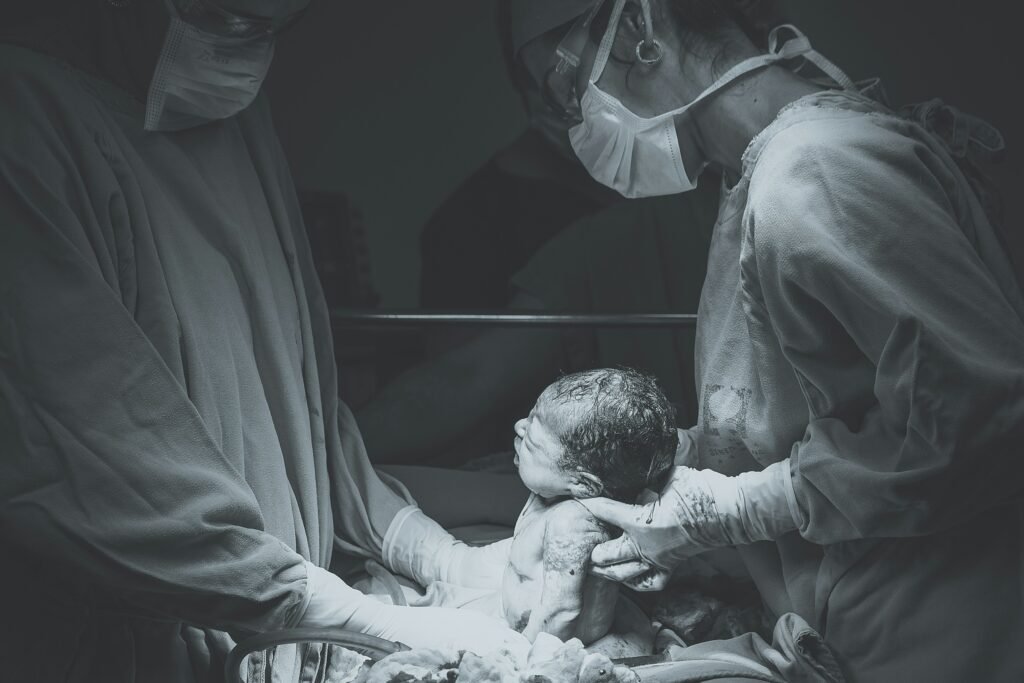
Check Baby Toys Guide & Review
Why is it important to clean baby toys before first use?
Ensure baby’s safety
Cleaning baby toys before first use is crucial to ensure the safety of your little one. New toys often undergo a manufacturing process that involves the use of various chemicals and materials. Cleaning them thoroughly removes any potential risks like dust, dirt, or harmful substances that may have accumulated during the manufacturing process. By cleaning the toys, you’re reducing the chances of your baby coming into contact with any potentially harmful substances and keeping them safe.
Prevent spread of germs
Babies have a natural tendency to put everything in their mouths, including their toys. This puts them at a higher risk of exposure to germs and illnesses. Cleaning baby toys helps prevent the spread of germs and bacteria that may have been picked up during the manufacturing process or previous use. Regular cleaning and disinfection of toys can help minimize the risk of your baby getting sick and promote a healthier environment for them to play in.
Remove any chemicals or residues
As mentioned earlier, new toys may carry traces of chemicals or residues from the manufacturing process. Cleaning the toys before their first use helps to remove any potential irritants or toxins that could harm your baby’s health. By eliminating these substances, you can ensure that your baby’s toys are safe and free from any potentially harmful residues that might pose a risk to their well-being.
Maintain toy’s longevity
By cleaning baby toys before first use, you are taking an active role in maintaining their longevity. Regular cleaning helps prevent dirt, stains, and grime from building up on the toys over time. This not only keeps them visually appealing but also ensures that they remain in good condition for a longer period. By properly caring for the toys from the beginning, you can extend their lifespan and allow your baby to enjoy them for a more extended period.
Types of baby toys that require cleaning
Soft toys
Soft toys, such as plush animals or fabric dolls, are popular among babies for their cuddly nature. However, they are also prone to accumulating dirt, dust, and even allergens. Cleaning soft toys is essential to maintain their cleanliness and hygiene. Depending on the care labels, some soft toys can be machine washed, while others might need hand washing to prevent damage. Ensuring that soft toys are cleaned properly will keep them safe and cozy for your baby’s enjoyment.
Plastic toys
Plastic toys are often found in every baby’s toy collection. From rattles to stacking rings, these toys provide hours of entertainment. Cleaning plastic toys is relatively straightforward and can be done using soap and water. However, it is essential to remove any batteries or electronic components before cleaning. Submerging plastic toys in water for an extended period should be avoided to prevent potential damage. By taking the necessary steps to clean plastic toys properly, you can maintain their cleanliness and durability.
Teething toys
Teething toys are designed specifically to provide relief and soothe a baby’s gums during the teething process. These toys are often subjected to a lot of chewing, which means they need thorough cleaning. Washing teething toys with warm soapy water is usually sufficient, but it is essential to inspect them for any signs of damage, such as cracks or weak spots. Additionally, sterilizing teething toys periodically by boiling them in water or using steam can further ensure their cleanliness and safety.
Wooden toys
Wooden toys are cherished for their natural and eco-friendly qualities. Cleaning wooden toys is necessary to maintain their cleanliness and prevent the accumulation of dirt or bacteria. It is crucial to inspect wooden toys regularly for any loose or splintered parts that may pose a safety hazard. Cleaning wooden toys can be done by wiping them with a mild soap and water solution, ensuring they are dried immediately after. To keep the wood maintained, applying natural oils periodically can help condition and preserve the toys.
Bath toys
Bath time is a fun and enjoyable experience for babies, and bath toys play a significant role in making it engaging. However, bath toys are regularly exposed to water, making them susceptible to mold and mildew growth. To clean bath toys effectively, it is important to squeeze out any water from the toys after each use. Washing them with warm soapy water and regularly inspecting for any signs of mold growth can help keep bath toys clean and safe for your baby’s bath time routine.
General cleaning guidelines
Read manufacturer’s instructions
Before cleaning any baby toy, it is essential to carefully read and follow the manufacturer’s instructions and guidelines. These instructions may provide specific recommendations on cleaning methods, temperature limitations, and any cleaning products to avoid. By adhering to the manufacturer’s guidelines, you can ensure that the toys are cleaned in a way that doesn’t compromise their quality or safety.
Check for removable parts
Some baby toys may have removable parts or accessories that require separate cleaning. Before starting the cleaning process, it is crucial to check for any detachable parts and clean them individually if necessary. This ensures that every component of the toy is thoroughly cleaned and free from dirt or bacteria.
Separate toys according to material
Different baby toys are made from various materials, and each material may require specific cleaning methods. Separating toys according to their material, such as soft toys, plastic toys, teething toys, wooden toys, and bath toys, allows for a more targeted and effective cleaning process. By cleaning toys based on their material, you can ensure that the appropriate cleaning methods and products are used, resulting in a more efficient cleaning routine.
Use mild soap or cleaning solution
When cleaning baby toys, it is crucial to use a mild soap or cleaning solution. Harsh chemicals or cleaning agents may contain toxins that could be harmful to your baby. Opting for a mild soap or a cleaning solution specifically designed for baby toys minimizes the risk of any allergic reactions or irritations. Additionally, using a soft cloth or sponge to clean the toys ensures that they are gently cleaned without causing any damage.
Cleaning soft toys
Check care labels
Before cleaning soft toys, it is essential to check the care labels attached to them. Care labels often provide specific instructions on how to clean the toys without causing any damage. Some soft toys may be machine washable, while others may only be suitable for hand washing. Carefully following the care label instructions ensures that the soft toys are cleaned properly while maintaining their shape and integrity.
Machine washable toys
If the care labels indicate that the soft toy is machine washable, you can clean it using a gentle cycle and mild detergent. Placing the soft toy in a mesh laundry bag or pillowcase can provide extra protection during the washing process. It is important to wash similar-colored toys together to prevent any color bleeding. Once the washing cycle is complete, remove the toy from the washing machine and allow it to air dry or use a dryer on a low heat setting.
Hand washable toys
For soft toys that are not suitable for machine washing, hand washing is the preferred method. Fill a basin or sink with warm water and add a small amount of mild detergent. Gently submerge the toy in the soapy water and use your hands to wash it, paying particular attention to any soiled areas. Once the toy is clean, rinse it thoroughly under running water to remove any soap residue. Squeeze out the excess water and allow the toy to air dry completely.
Drying and disinfecting
After cleaning and rinsing soft toys, proper drying is essential to prevent the growth of mold or mildew. Squeeze out as much water as possible from the toys and reshape them if necessary. Place the toys in a well-ventilated area to air dry completely. Avoid placing them under direct sunlight or near a heat source, as this can cause fading or damage to the toys. Once the toys are completely dry, you can further disinfect them by using a fabric-safe disinfectant spray or by spraying a mixture of water and vinegar onto the surface.
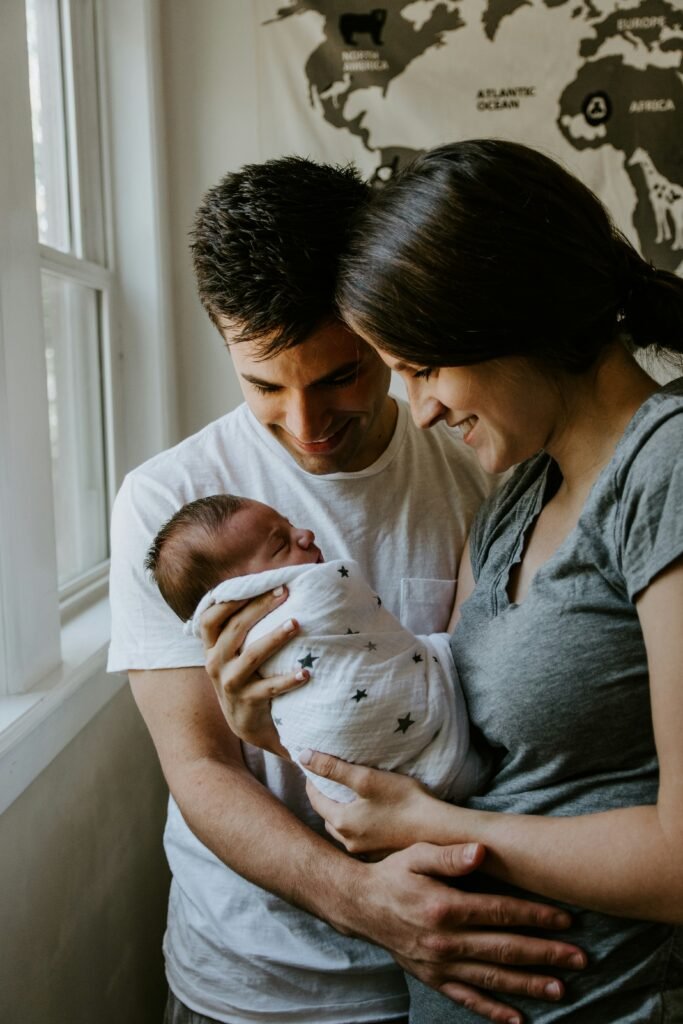
Cleaning plastic toys
Remove batteries or electronic components
Before cleaning plastic toys, it is crucial to remove any batteries or electronic components. Moisture can damage the electronic parts, so it is necessary to keep them dry during the cleaning process. Removing the batteries or electronic components ensures that they stay safe and functional.
Wipe with soap and water
Cleaning plastic toys can often be as simple as wiping them with a sponge or cloth dampened with warm soapy water. Gently scrub the toys to remove any dirt or residues, paying attention to any crevices or hard-to-reach areas. Rinse the toys with clean water to remove any soap residue. For toys with intricate designs or small parts, using a soft toothbrush can be helpful in getting into the nooks and crannies.
Disinfecting with mild bleach solution
To further disinfect plastic toys, you can create a mild bleach solution by mixing one tablespoon of bleach with one gallon of water. Submerge the toys in the bleach solution for a few minutes, allowing the solution to penetrate any hard-to-reach areas. After disinfection, rinse the toys thoroughly with clean water and allow them to air dry completely before allowing your baby to play with them.
Avoid submerging in water
While plastic toys can withstand water to some extent, it is important to avoid submerging them in water for an extended period. Some plastic toys may have small holes or openings that can allow water to enter and become trapped inside. This can lead to mold growth or damage to the toy’s internal mechanisms. By using a damp cloth or sponge for cleaning instead of submerging the toys, you can ensure that they are cleaned effectively without risking any potential damage.
Cleaning teething toys
Inspect for damage
Before cleaning teething toys, it is crucial to inspect them for any signs of damage. Teething toys often endure a lot of chewing and may show wear and tear over time. Look for cracks, weak spots, or loose parts that could pose a choking hazard. If you notice any damage, it is best to replace the teething toy with a new one to ensure your baby’s safety.
Wash with warm soapy water
Teething toys can generally be cleaned by washing them with warm soapy water. Use a mild detergent and a soft cloth or sponge to scrub the toys, paying attention to any textured areas that may have accumulated dirt or saliva. Rinse the toys thoroughly under running water to remove any soap residue.
Sterilize with boiling water or steam
To further ensure the cleanliness of teething toys, you can sterilize them using boiling water or steam. Place the toys in a pot of boiling water and allow them to boil for a few minutes. Alternatively, you can use a sterilizer specifically designed for baby products, following the manufacturer’s instructions. Sterilizing teething toys helps kill any remaining germs or bacteria and keeps them hygienic for your baby’s use.
Avoid using harsh chemicals
When cleaning teething toys, it is essential to avoid using harsh chemicals or cleaning agents. Babies often put teething toys in their mouths, and using such chemicals could pose a risk to their health. Stick to mild soap or detergent when cleaning teething toys to ensure their safety.

Cleaning wooden toys
Inspect for loose or splintered parts
Wooden toys, known for their durability and eco-friendliness, require special attention when it comes to cleaning. Before cleaning wooden toys, inspect them carefully for any loose or splintered parts. Loose parts can pose a choking hazard, while splintered parts can cause injury. If you notice any damage, it is best to repair or replace the wooden toy.
Wipe with mild soap and water
To clean wooden toys, dampen a soft cloth or sponge with a mixture of mild soap and water. Gently wipe the surface of the toys, removing any dirt or stains. Pay extra attention to any carved or textured areas that may have accumulated dirt. Make sure to avoid soaking the toys in water, as excessive moisture can warp or damage the wood. Once cleaned, rinse the toys with a clean, damp cloth to remove any residue.
Dry immediately
After cleaning wooden toys, it is crucial to dry them immediately to prevent water damage. Use a dry towel or cloth to remove any excess moisture from the toys. Leaving the toys to air dry can cause the wood to absorb water, potentially leading to warping or cracking. Ensure that the toys are completely dry before allowing your baby to play with them.
Apply natural oils for maintenance
Maintaining the quality and appearance of wooden toys can be done by applying natural oils periodically. Oils such as coconut oil or beeswax can help condition and protect the wood. Apply a small amount of oil to a soft cloth and rub it onto the surface of the toys, allowing the wood to absorb the oil. Wipe off any excess oil and buff the toys with a clean cloth to achieve a polished look. Regular application of natural oils can help preserve the integrity and beauty of wooden toys.
Cleaning bath toys
Squeeze out any water
Bath toys are exposed to water during your baby’s bath time, providing a perfect breeding ground for mold and mildew. After each bath, it is important to squeeze out any water from the bath toys. This helps prevent water from becoming trapped inside the toys, reducing the risk of mold growth.
Wash with warm soapy water
Cleaning bath toys can be done by washing them with warm soapy water. Add a small amount of mild detergent to a basin or sink filled with warm water. Submerge the toys in the soapy water and use a soft cloth or sponge to scrub away any dirt or soap residue. Pay attention to any textured areas or holes where mold may be more likely to grow. Rinse the toys thoroughly with clean water to remove any soap residue.
Disinfecting with vinegar solution
To remove any lingering bacteria or mold, you can use a vinegar solution to disinfect bath toys. Mix equal parts of water and white vinegar in a basin or sink. Submerge the toys in the vinegar solution for about 15 minutes, ensuring that they are fully immersed. After disinfection, rinse the toys thoroughly with clean water to remove any vinegar smell.
Regularly check for mold growth
Bath toys are susceptible to mold growth due to the constant exposure to water. Regularly inspect the bath toys for any signs of mold or mildew. Pay attention to any areas with holes or crevices, as they tend to trap water and provide a suitable environment for mold to thrive. If you notice any mold growth, it is important to clean and disinfect the bath toys promptly or consider replacing them if the mold cannot be completely removed.
Drying and storage recommendations
Air drying thoroughly
After cleaning and disinfecting baby toys, it is important to thoroughly air dry them before storing. Proper drying prevents the growth of mold or mildew, prolonging the lifespan of the toys. Place the toys in a well-ventilated area and allow them to air dry completely. Ensure that all parts, including those with hidden crevices or openings, are dry before storing them.
Avoid direct sunlight or heat
When drying baby toys, it is crucial to avoid placing them under direct sunlight or near direct sources of heat. Excessive heat can cause plastic toys to melt or warp, while sunlight can fade or damage the colors of certain toys. Instead, choose a shaded area or a spot away from direct heat sources to dry the toys naturally.
Ensure toys are completely dry before storage
Before storing baby toys, it is essential to ensure that they are completely dry to prevent the growth of mold or mildew. Even small amounts of moisture left on the toys can provide an environment for bacteria or mold to flourish. Take the time to inspect each toy and ensure that all parts are thoroughly dry before placing them in storage.
Store in clean and dry containers or bags
To keep baby toys organized and protected, it is advisable to store them in clean and dry containers or bags. Avoid using airtight containers or plastic bags, as they can trap moisture and potentially lead to mold growth. Opt for breathable storage options, such as cloth bags or open plastic bins, which allow for proper air circulation. Labeling the containers or bags can make it easier to locate specific toys when needed.
Regular cleaning and maintenance
Establish a cleaning routine
Establishing a regular cleaning routine for baby toys helps ensure that they are consistently clean and safe for your little one. Set a schedule for cleaning different types of toys based on their frequency of use and exposure to dirt or germs. By incorporating regular cleaning into your daily or weekly routine, you can maintain a hygienic environment for your baby and promote their overall well-being.
Disinfect toys periodically
In addition to regular cleaning, it is important to periodically disinfect baby toys to eliminate any lingering germs or bacteria. This is particularly important for toys that are frequently handled or exposed to various environments. Depending on the type of toy, disinfection methods such as using a mild bleach solution, vinegar solution, or a fabric-safe disinfectant spray can help sanitize the toys effectively. Following the manufacturer’s instructions when using disinfectants is crucial to ensure the toys’ safety and longevity.
Inspect for wear and tear
Regularly inspecting baby toys for any signs of wear and tear is essential to identify potential safety hazards. Look out for loose parts, frayed edges, or any damage that could pose a choking or injury risk to your baby. If you notice any damage that cannot be repaired, it is best to replace the toy with a new one to ensure your baby’s safety during playtime.
Dispose of damaged or recalled toys
When baby toys are damaged, broken, or recalled due to safety concerns, it is important to dispose of them properly. Broken toys can present choking hazards or other dangers to your baby. Check with the manufacturer or relevant safety agencies for any recalls or safety alerts. Follow their recommendations on how to return or dispose of the toys to prevent any potential harm to your baby or others.
Cleaning baby toys before their first use is not only a necessary step to ensure your baby’s safety but also an essential part of maintaining the cleanliness and longevity of the toys. By following the specific cleaning guidelines for different types of baby toys, you can provide a hygienic environment for your baby to play and grow in. Regular cleaning and maintenance will not only keep the toys in great condition but also promote your baby’s health and well-being. So, make it a habit to clean your baby’s toys regularly, and enjoy watching your little one explore, learn, and have fun in a safe and clean environment.








